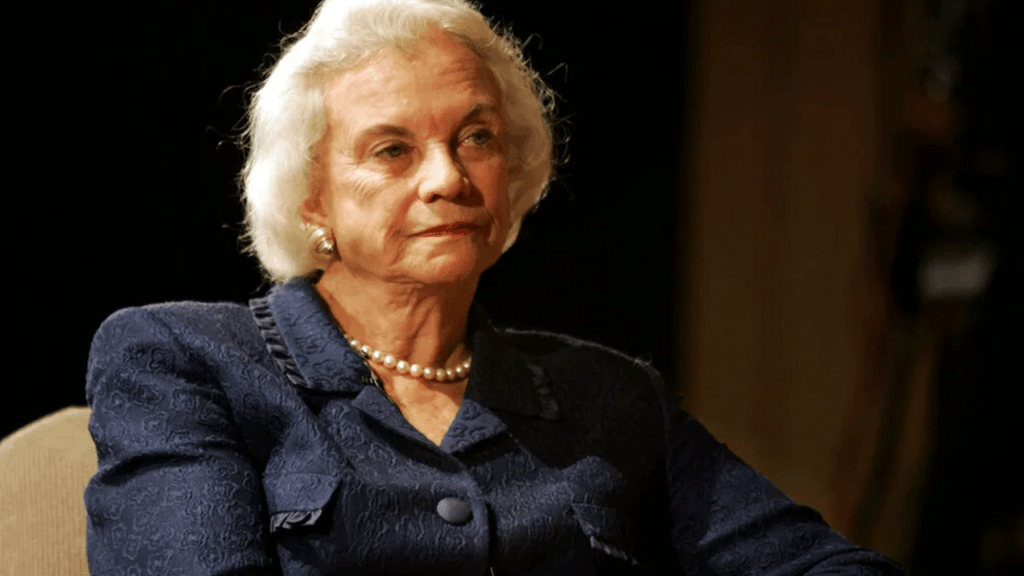Sandra O Connor Death: The nation mourns the loss of a legal luminary as Sandra Day O’Connor, the first female justice of the U.S. Supreme Court, passed away on December 1 at the age of 93. Her death in Phoenix, attributed to complications related to advanced dementia and a respiratory illness, marks the end of an era. As the nation pays homage to her remarkable contributions, details surrounding her death and funeral arrangements have become subjects of widespread interest.

Sandra O Connor Death
Sandra Day O’Connor’s passing resulted from a challenging battle with advanced dementia and a respiratory illness. The combination of these health issues eventually led to her demise. The revelation of the cause of death provides a deeper understanding of the challenges she faced in her later years. Her commitment to public service and the legal system, despite health adversities, showcases the resilience that defined her career.
Sandra Day O Connor Funeral date
The funeral arrangements for Sandra Day O’Connor are a testament to her impact on the nation’s legal landscape. On December 18, the U.S. Supreme Court held a private ceremony within the hallowed walls of the Great Hall. All nine current justices, including Chief Justice John Roberts, participated in this somber event to honor their former colleague.
Following the private ceremony, the doors were opened to the public at 10:30 a.m. (1530 GMT), allowing citizens to pay their respects to the trailblazing justice. Members of the public, along with dignitaries and legal scholars, gathered to commemorate O’Connor’s legacy. The solemn occasion served as a poignant reminder of the strides made in achieving equality and representation within the highest echelons of the judiciary.
Sandra Day O Connor Death Cause
Sandra Day O’Connor, appointed by Republican President Ronald Reagan in 1981, served as a centrist voice on the Supreme Court until her retirement in 2006. Her historic appointment shattered the glass ceiling for women in the legal profession and paved the way for future generations of female jurists.
Beyond her groundbreaking role as the first female justice, O’Connor’s judicial philosophy and commitment to moderation earned her respect from colleagues across the ideological spectrum. Her decisions often reflected a thoughtful consideration of legal precedent and a dedication to maintaining balance within the court.
As the nation reflects on O’Connor’s impactful career, it is essential to acknowledge the personal loss experienced by her family. Survived by her brother, three sons—Scott, Brian, and Jay—and her grandchildren, O’Connor’s legacy extends beyond her judicial accomplishments. The intimate details of her family life, often shielded from the public eye, reveal a multifaceted woman who navigated the complexities of both professional and personal spheres.
In the words of Chief Justice John Roberts during the private ceremony, “Justice O’Connor’s legacy will endure, as will the deep respect and affection she has inspired in generations of Americans.”
As the nation bids farewell to Sandra Day O’Connor, the impact of her groundbreaking career and the mark she left on the U.S. Supreme Court will resonate for years to come. The funeral proceedings and public tributes serve as a fitting commemoration of a justice who, through her intelligence, resilience, and dedication, left an indelible mark on the fabric of American jurisprudence.



